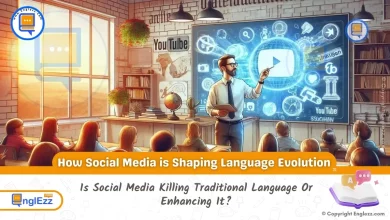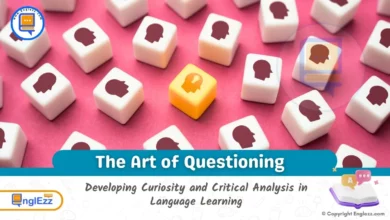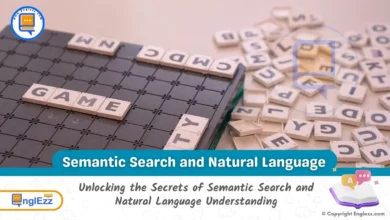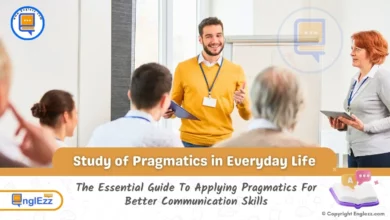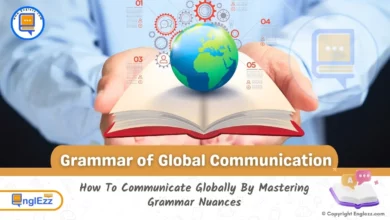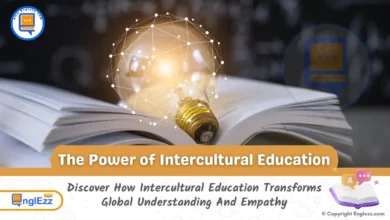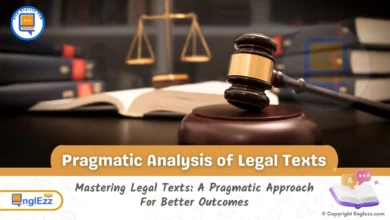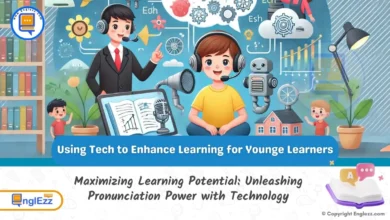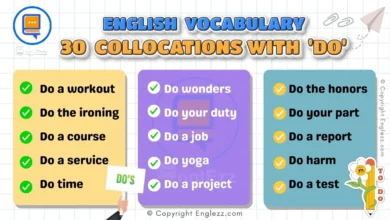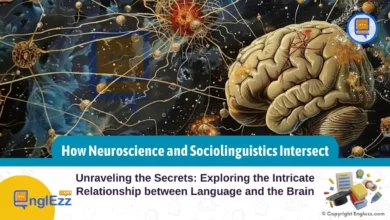Uncategorized
-

The Digital Tongue: How Social Media is Shaping Language Evolution
In an age where communication is instantaneous and global, the evolution of language is witnessing an unprecedented transformation, largely driven by the rise of social media. Welcome to “The Digital Tongue,” a captivating exploration of how platforms like Twitter, Instagram,…
-

Developing Curiosity and Critical Analysis in Language Learning: The Art of Questioning
In the realm of language education, the art of questioning emerges as a transformative force, propelling learners towards deeper realms of understanding and inquiry. The strategic utilization of questions in instructional settings not only serves as a conduit for disseminating…
-

Semantic Search and Natural Language Understanding: Bridging the Gap
In the vast realm of digital landscapes, search engines have transformed from mere keyword matchmakers to sophisticated semantic wizards, bringing forth a new era of exploration and discovery. By delving into the depths of semantic search and natural language processing,…
-

A Comparative Study of Pragmatics in Everyday Life: Examples and Applications
In the midst of everyday conversations, we often take for granted the subtle nuances that govern our interactions with others. Pragmatics, the study of language in context, reveals the intricate web of social cues, cultural norms, and psychological insights that…
-

Beyond Language Barriers: Unpacking the Grammar of Global Communication
In today’s interconnected world, communication is no longer confined to geographical boundaries or linguistic barriers. With the rise of globalization, international business, and social media, we are constantly interacting with people from diverse cultural backgrounds and languages. However, despite these…
-

The Power of Intercultural Education: Global Understanding And Empathy
In a world where diversity thrives as a cornerstone of society, intercultural education emerges as a powerful tool capable of uniting communities across boundaries. It is more than just a curriculum; it is the essence of embracing differences and celebrating…
-

Pragmatic Analysis of Legal Texts: Implications for Practice
Legal practitioners navigate through a complex labyrinth of legal texts daily, where the mere interpretation of words can shape the course of justice. The elucidation of legal documents is not merely about deciphering literal meanings; it dives deeper into the…
-

Pronunciation Power-Up: Using Technology to Enhance Learning for Young Learners
Pronunciation stands as a cornerstone in the realm of language learning, representing a pivotal element that forges pathways to effective communication and comprehension. The nuances of pronunciation transcend mere articulation, delving into the intricate tapestry of phonetic accuracy and native-like…
-

Most Common 30 Collocations with Do: Unlock English Fluency
Collocations, the natural combination of words that native speakers frequently use together, are essential for achieving fluency in any language. In English, the verb “do” forms numerous collocations that enrich the language, making expressions more natural and impactful. For English…
-

Language and the Brain: How Neuroscience and Sociolinguistics Intersect
Language is a complex and fascinating system that we use every day to communicate with others. It shapes the way we understand the world around us and how we interact with it. But how does the brain process language? How…
- 1
- 2

